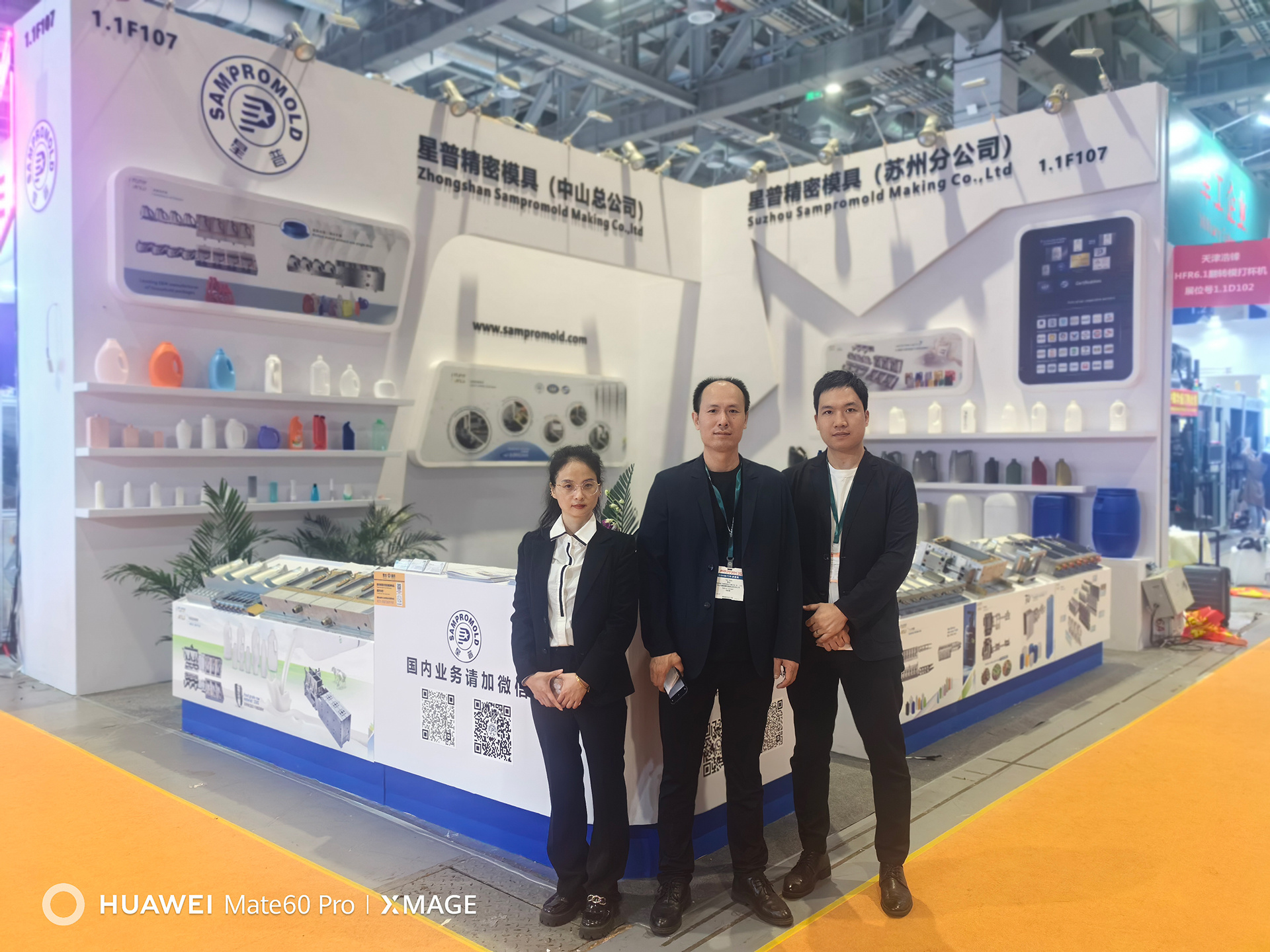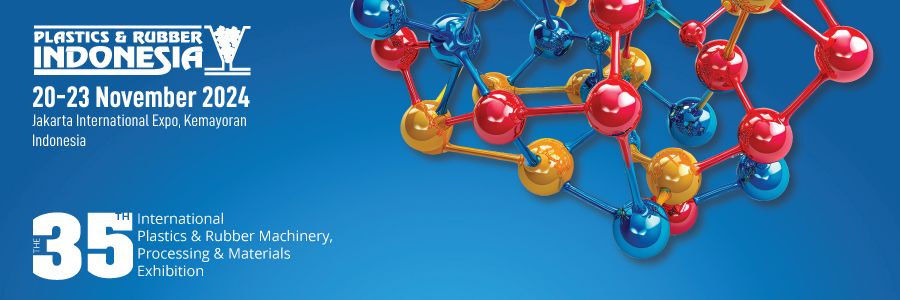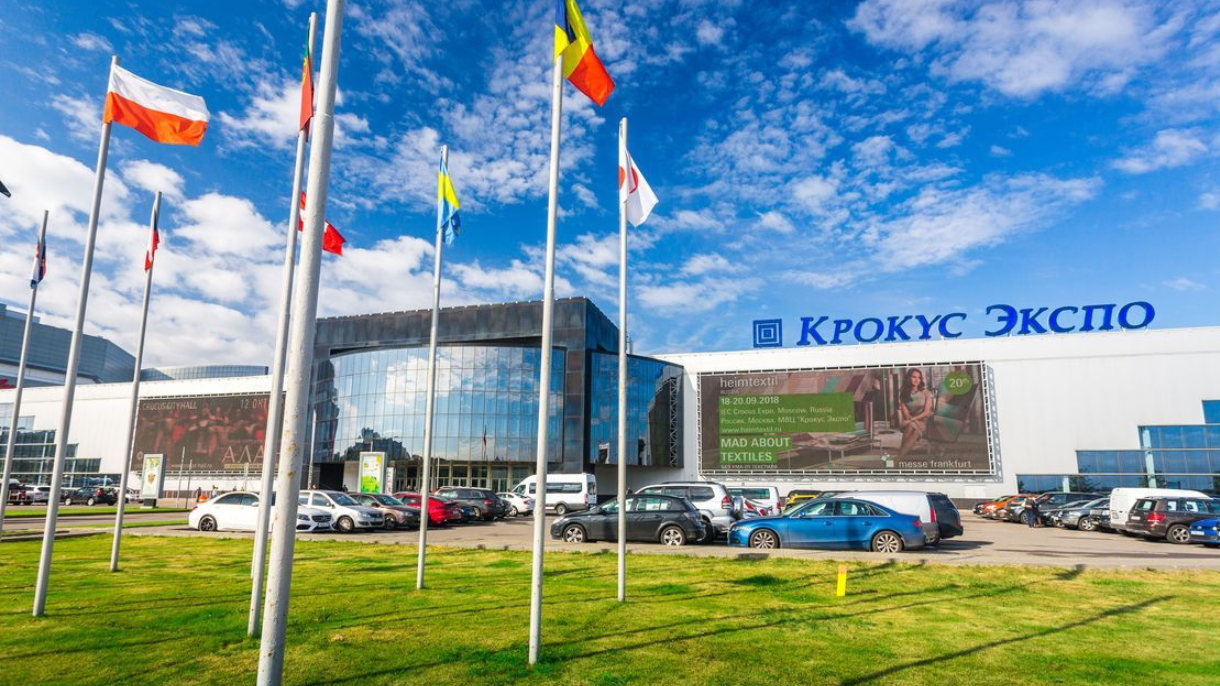Crafting the Future: How Polymer Injection Molding Is Reshaping the Manufacturing Landscape
Time:
2024-10-08
1. Introduction to Polymer Injection Molding
The manufacturing landscape is undergoing a remarkable transformation, driven by innovations in production technologies. Among these innovations, **polymer injection molding** stands out as a game-changer. This process enables manufacturers to produce high-quality, complex parts with remarkable efficiency. In this article, we will explore how polymer injection molding is reshaping the manufacturing paradigm, its benefits, applications, and future trends.
2. The Evolution of Manufacturing Technologies
Manufacturing has evolved from traditional craftsmanship to highly automated processes. The introduction of polymer injection molding in the 19th century marked a significant milestone. Over the decades, this technology has matured, evolving into a preferred method for producing plastic components in various sectors, including automotive, consumer goods, and medical devices.
3. Understanding Polymer Injection Molding
3.1 What is Polymer Injection Molding?
**Polymer injection molding** is a manufacturing process that involves injecting molten plastic into a mold to create specific shapes and sizes. This method offers unparalleled precision and the ability to produce large volumes of parts in a relatively short time frame.
3.2 The Process Explained
The polymer injection molding process begins with the melting of plastic pellets in a heated barrel. The molten plastic is then injected into a mold under high pressure. Once the plastic cools and solidifies, the mold is opened to reveal the finished product. This process can be repeated multiple times to produce identical parts, making it an efficient choice for mass production.
3.3 Types of Injection Molding
There are several types of polymer injection molding, including:
- **Standard Injection Molding**: The most common method used for producing plastic parts.
- **Injection Blow Molding**: Used primarily for making hollow plastic parts like bottles.
- **Injection Stretch Blow Molding**: Combines injection and blowing to create strong, lightweight containers.
- **Multi-Shot Injection Molding**: Involves the injection of different materials into a single mold to create multi-material products.
4. Key Benefits of Polymer Injection Molding
4.1 Efficiency and Speed
One of the primary advantages of polymer injection molding is its speed. The entire process, from melting the material to cooling and demolding the finished product, can take just seconds to minutes. This rapid production capability allows manufacturers to meet high demand without compromising quality.
4.2 Cost-Effectiveness
While the initial investment in molds and machinery can be significant, the cost per unit decreases dramatically as production scales up. This makes polymer injection molding particularly attractive for high-volume production runs.
4.3 Design Versatility
Polymer injection molding allows for intricate designs and complex geometries that would be challenging or impossible to achieve with other manufacturing methods. Designers can create parts with varying wall thicknesses, embedded features, and even different material properties within the same part.
4.4 Sustainability Aspects
With growing emphasis on sustainability, polymer injection molding is adapting to meet these demands. Manufacturers are increasingly using recycled materials and exploring bio-based plastics, reducing the environmental impact of production.
5. Applications of Polymer Injection Molding
5.1 Automotive Industry
In the automotive sector, polymer injection molding plays a crucial role in producing lightweight components that enhance fuel efficiency. From dashboard components to exterior trims, this technology is integral to modern vehicle design.
5.2 Consumer Goods
Everyday items, from household appliances to toys, utilize polymer injection molding for production. The ability to create customized designs at scale makes this process ideal for consumer goods.
5.3 Medical Devices
In the medical field, precision is paramount. Polymer injection molding is used to manufacture components for medical devices, ensuring they meet stringent regulatory requirements while maintaining high quality and safety standards.
5.4 Electronics and Electrical Components
Polymer injection molding is vital for producing enclosures, connectors, and various other components in the electronics industry. The ability to create intricate designs helps enhance the performance and reliability of electronic products.
6. Challenges in Polymer Injection Molding
6.1 Material Limitations
While polymer injection molding offers many advantages, it is not without challenges. Material limitations can affect the longevity and performance of the final product. Selecting the right polymer is crucial for successful outcomes.
6.2 Tooling Costs
The upfront investment in tooling can be expensive, particularly for complex molds. However, this cost is often mitigated by the long-term production benefits of the process.
6.3 Production Quality Control
Maintaining consistent quality throughout the production process is essential. Manufacturers must implement stringent quality control measures to prevent defects and ensure product reliability.
7. Future Trends in Polymer Injection Molding
7.1 Smart Manufacturing Technologies
The integration of **smart manufacturing** technologies is revolutionizing polymer injection molding. With the advent of the Internet of Things (IoT), manufacturers can monitor production processes in real-time, allowing for quicker adjustments and minimizing downtime.
7.2 Advances in Materials Science
Research in materials science is leading to the development of new polymers and composites that offer improved performance characteristics. These innovations will expand the capabilities of polymer injection molding and open new possibilities for product design.
7.3 Integration of Automation and Robotics
Automation and robotics are becoming increasingly prevalent in the injection molding industry. The incorporation of automated systems enhances efficiency, reduces labor costs, and improves overall production quality.
In conclusion, polymer injection molding is fundamentally reshaping the manufacturing landscape. Its ability to produce high-quality, complex parts rapidly and cost-effectively makes it a vital technology in various industries. As advancements continue in materials science and manufacturing technologies, we can expect polymer injection molding to play an even more significant role in the future of manufacturing. By embracing this innovative process, manufacturers can enhance their production capabilities while meeting the challenges of modern-day sustainability and efficiency.
RELATED NEWS












